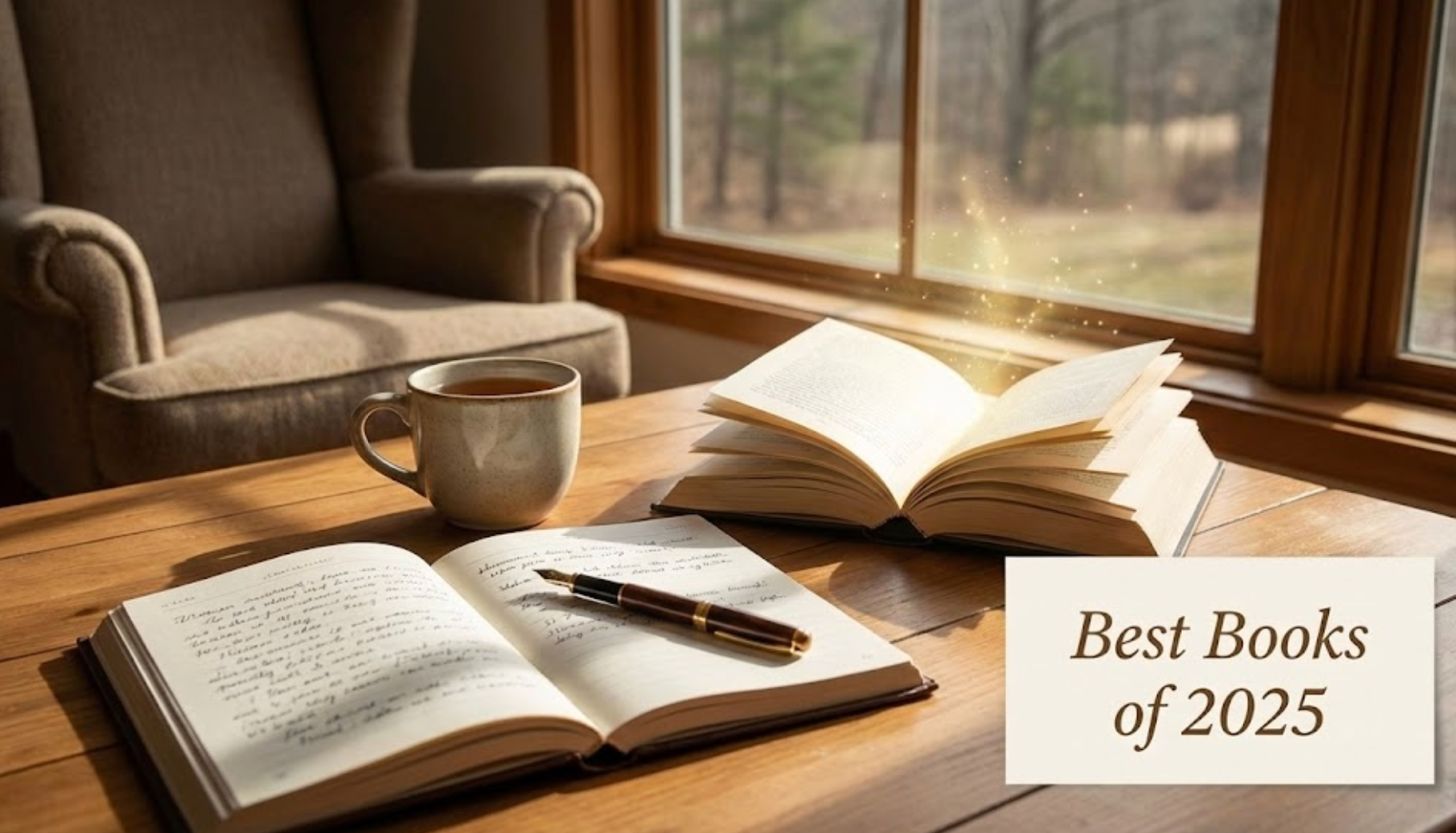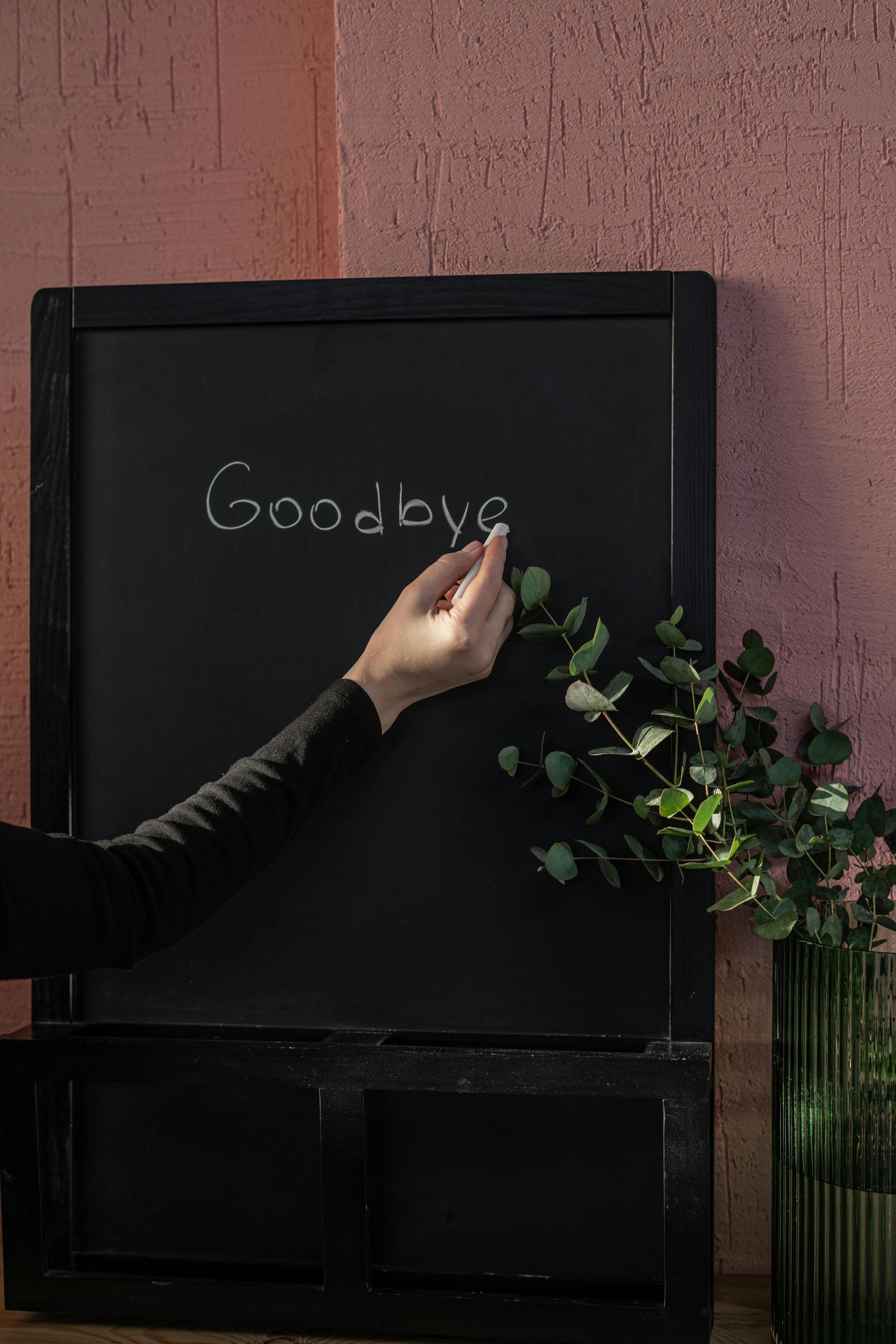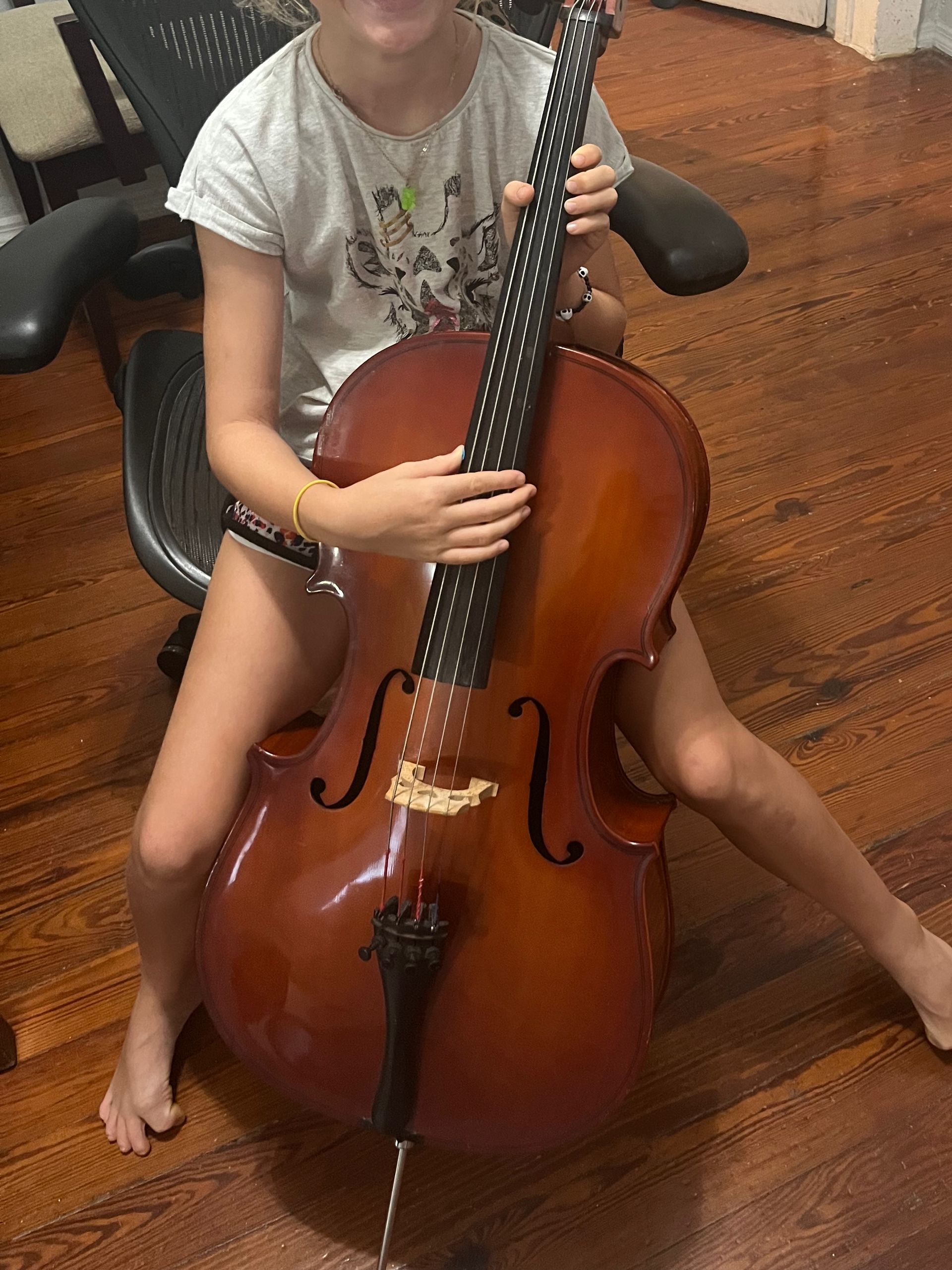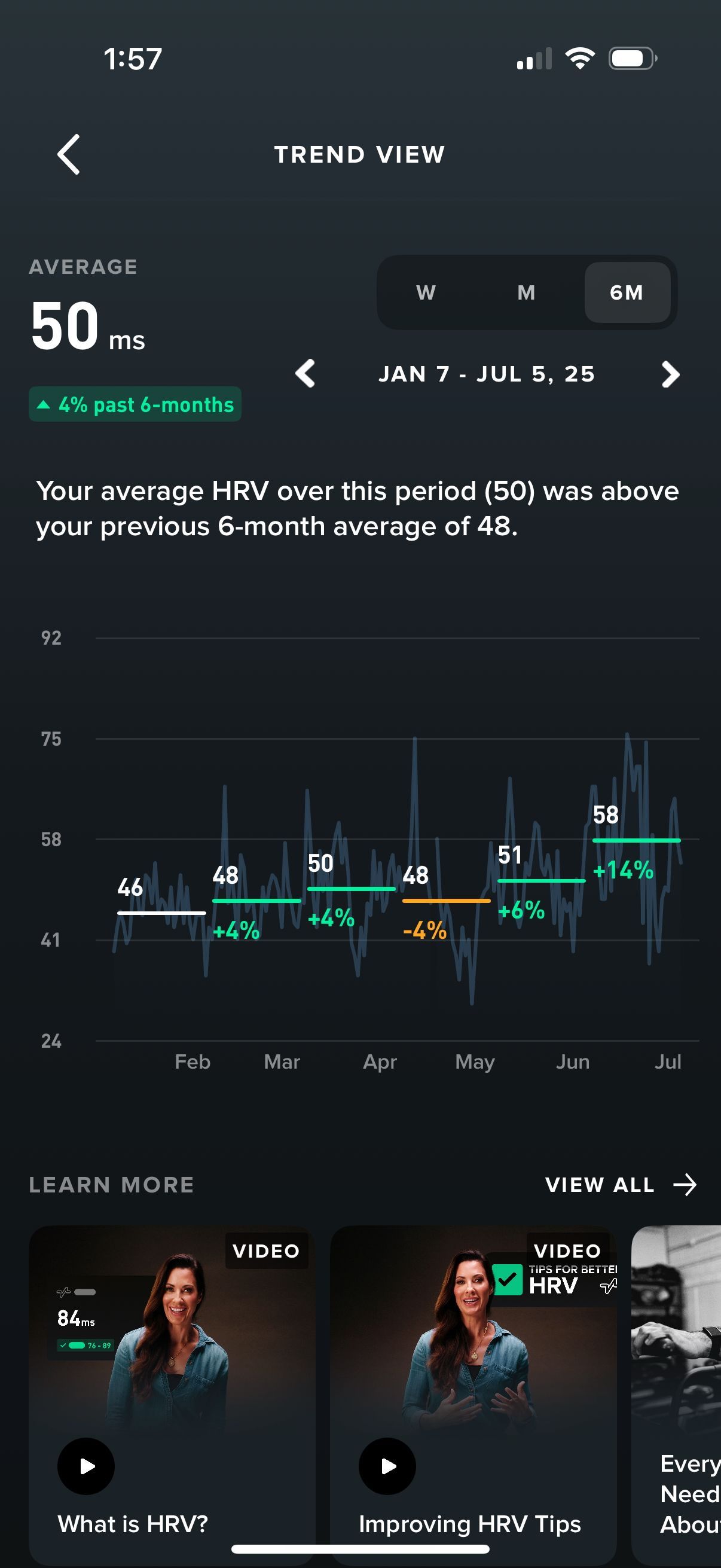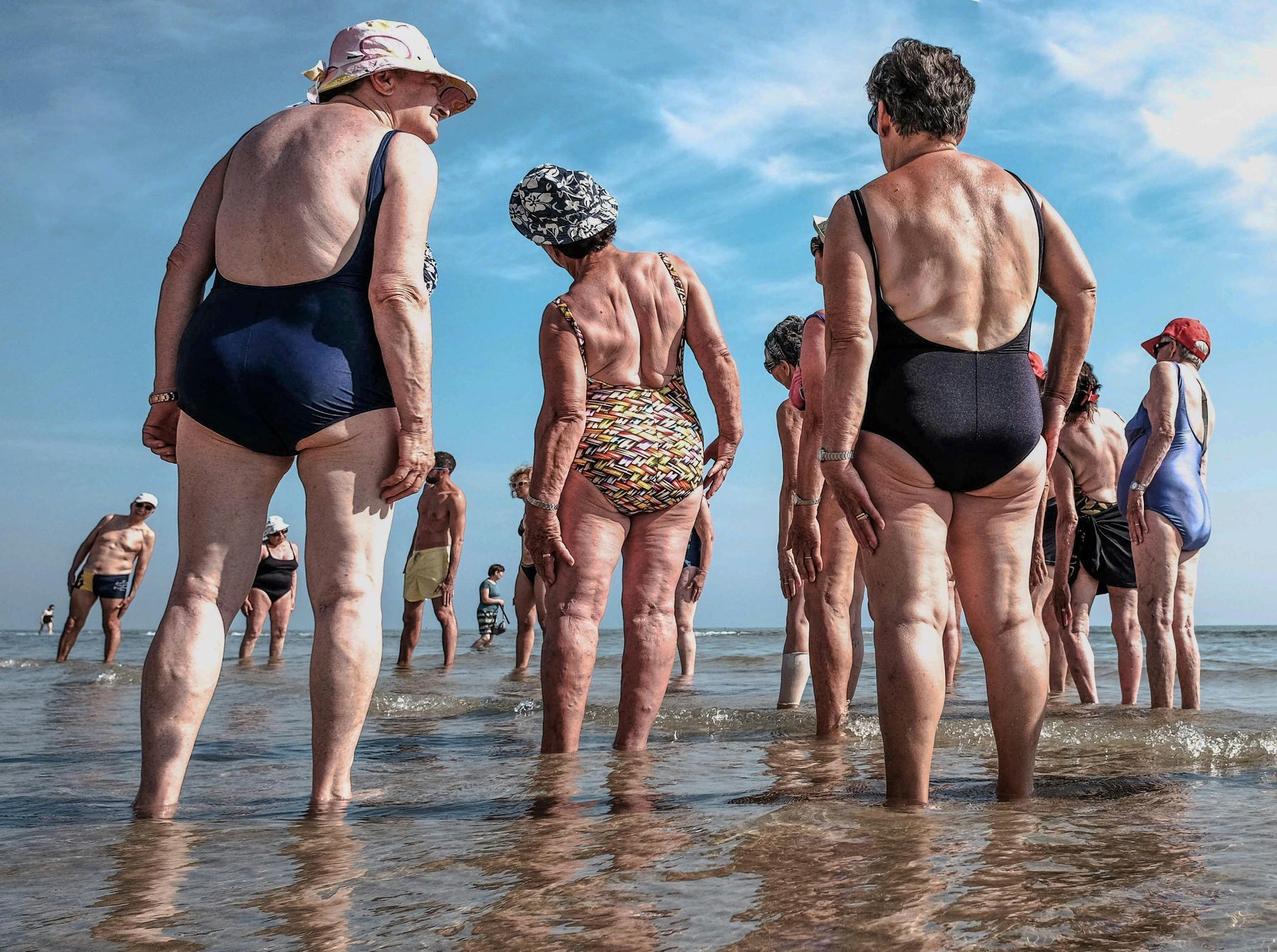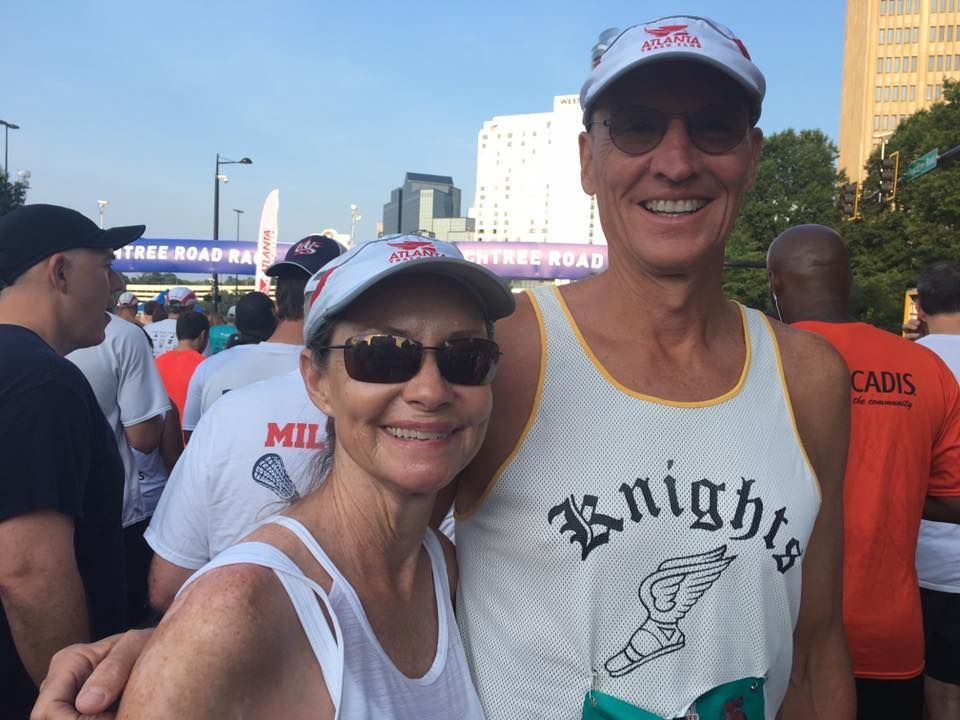Get Out of Their Heads
In writing "Get Out of My Head," I embarked on a journey to untangle the complex web of thoughts, influences, and self-imposed narratives that often dictate our lives. The essence of the book was a call to action, urging readers to reclaim the mental and emotional space often occupied by the opinions, expectations, and behaviors of others, as well as by our own alternate selves. This practice of mental and emotional decluttering is not just a one-time cleanse but a continuous journey towards self-improvement and personal growth. As much as I've preached and worked to practice this philosophy myself, I've come to realize there's another dimension to this mental tussle — the space we occupy in other people's minds.
The era of social media and the ubiquity of personal branding have made it almost impossible not to ponder over how we are perceived by others. Our digital footprints, intentionally or not, craft images of who we are, influencing how we are seen in the vast social expanse. The value and esteem others attribute to us can, unfortunately, become a mirror reflecting our self-worth, often distorting our perception of self-value. This external validation, or the lack thereof, can tether our happiness to a fragile and fleeting metric.
The realization that not everyone spends their time thinking about us is both humbling and liberating. I recall reading David Foster Wallace's "Infinite Jest" in high school, where he mentioned, "You'll stop caring what people think about you when you realize how seldom they do." This notion struck a chord with me, underscoring the universality of self-absorption and the limited bandwidth we have for others. This sentiment wasn't new, as it echoed the wisdom of Eleanor Roosevelt and even Arthur Schopenhauer before her. Schopenhauer's poignant observation that "other people’s heads are a wretched place to be the home of a man’s true happiness" feels particularly resonant in today's digital age.
With platforms designed to capture and monopolize our attention, the currency of likes, views, and comments has inflated the value we place on being in others' thoughts. The influencer culture epitomizes this shift, turning the quest for others' attention into a full-time occupation. Yet, the frequency of our thoughts occupying others' minds does little to serve our genuine happiness or self-fulfillment. Schopenhauer's wisdom remains a guiding light, reminding us that seeking happiness in others' perceptions is a futile endeavor.
So, how do we navigate this landscape where our mental real estate is so easily invaded by thoughts of how we're perceived by others? The answer lies in a deliberate practice of detachment and mindfulness. Detaching from the need for external validation requires us to cultivate a strong sense of self that is anchored in our values, beliefs, and personal achievements rather than the fleeting opinions of others. It involves embracing our authentic selves and finding contentment in our personal journey, irrespective of public acclaim or criticism.
Mindfulness plays a crucial role in this process. By being present and aware of our thoughts and feelings, we can recognize when we're slipping into the trap of seeking validation from outside sources. This awareness allows us to refocus on our inner voice and priorities, steering us back to a path of self-reliance and genuine self-esteem.
Creating spaces for self-reflection and engaging in activities that reinforce our self-worth independent of external feedback can fortify our mental and emotional resilience. Whether through journaling, meditation, or pursuing passions that fulfill us, these practices can help us build a sanctuary within ourselves, impervious to the transient opinions of the external world.
In essence, the journey to "Get Out of Their Heads" is about recalibrating our focus from an outward gaze to an inward exploration. It's about recognizing that while we may not control the narratives constructed about us in the digital ether, we hold the power to define our worth and happiness from within. As we navigate the complexities of modern life, let us remember that the only headspace worth cultivating is our own, where our true happiness and self-worth reside. This internal sanctuary, once fortified, becomes the bedrock of our resilience, creativity, and authenticity, enabling us to live fully, unencumbered by the shadows cast by others' perceptions.
